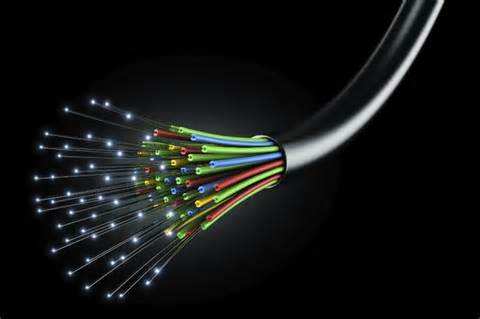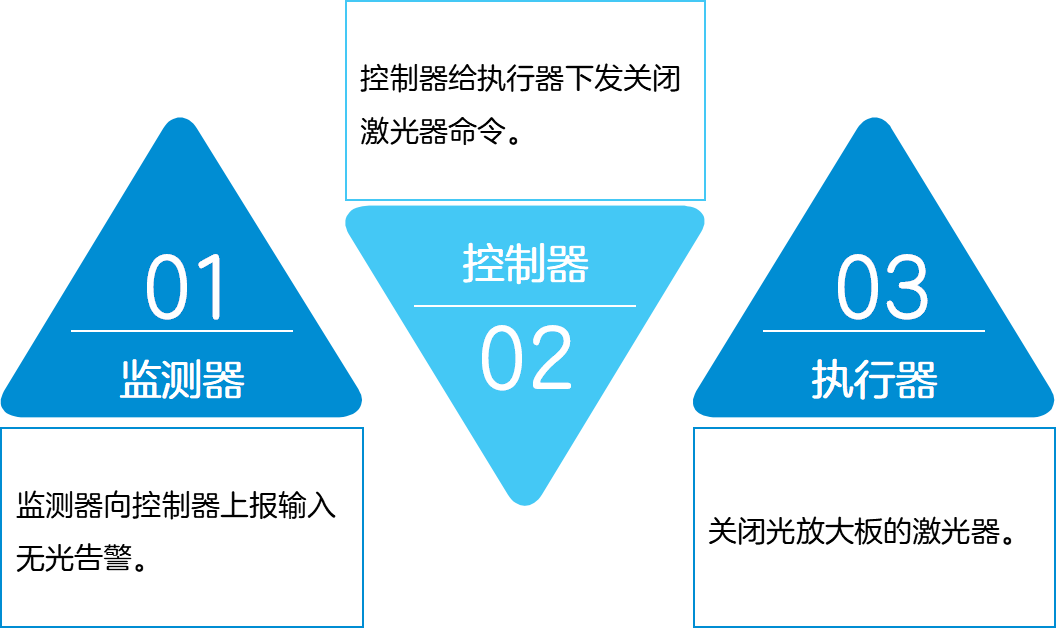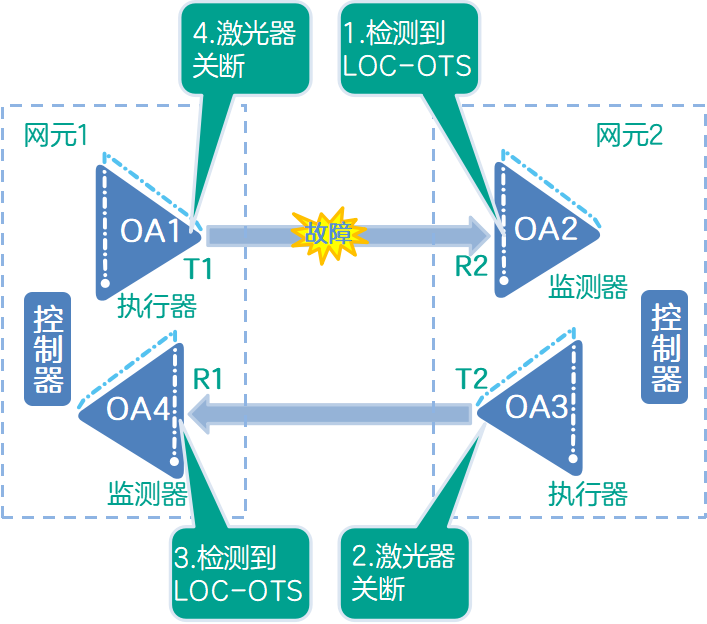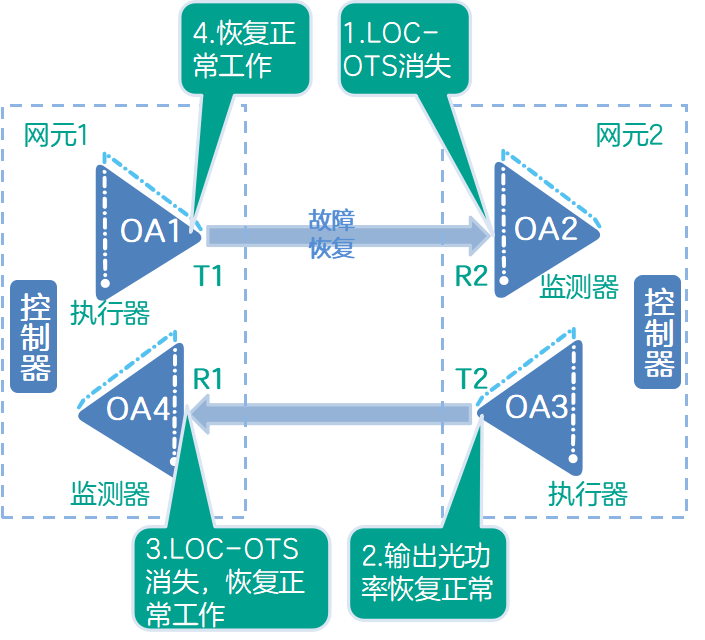Does the laser in the broken fiber hurt us?


Optical fiber is an important part of communication transmission. When the optical fiber is broken, if the output optical power of the optical amplifier board is not weakened in time, the laser light leaked from the fracture will burn or even blind (the optical power is greater than 10 dB) human eyes.
Don't worry, there is a function in the transmission system that is specially responsible for reducing the laser optical power to a safe level when the fiber is broken. The name of this function is APR-AOSD group (Automatic Power Reduction - Auto Optical Shutdown Group, automatic optical power reduction- automatic optical power shutdown group).
When the optical cable fails, the APR-AOSD group function is automatically activated. The output optical power of the optical amplification board in the OTS (Optical Transmission Section, optical transmission section) section is reduced to a safe level, so as to prevent the laser from causing damage to the human body. When the optical cable is repaired, the system restores the optical amplifier board to the normal working state.
1. Key components of the APR-AOSD group
The APR-AOSD group consists of controllers, monitors and actuators. When the optical cable is faulty, the monitor reports an input no-light alarm to the controller, and the controller sends a command to turn off the laser to the actuator, thereby finally turning off the laser of the optical amplifier board.

2. APR-AOSD group workflow
Let's take a detailed look at the workflow of the APR-AOSD group in the networking scenario:
- The optical signal continuity loss is detected at the receiving port R2 of the monitor OA2 and reported to the controller.
- The controller sends a command to turn off the laser to the actuator OA3, and the actuator OA3 turns off the laser.
- The optical signal continuity loss is detected at the receiving port R1 of the monitor OA4 and reported to the controller.
- The controller sends a command to turn off the laser to the actuator OA1, and the actuator OA1 turns off the laser.
This whole process ensures that the optical power in the OTS segment where the fault is located is at a safe level, avoiding the harm caused by the strong laser to the human body.


3. APR-AOSD group recovery mechanism
After the optical cable is repaired, the APR-AOSD group function can restore the business to normal work through its own automatic restart recovery mechanism. The specific process is:
- The system automatically increases the transmit optical power of the T1 port to a reasonable level at regular intervals, which can not only ensure safety, but also ensure that the monitor can still be identified after attenuation.
- If the optical fiber fault has been repaired, the receiving port R2 is no longer in the LOC-OTS state, so that the signal of the T2 sending port returns to the normal working state, that is, the system restores the OA3 to the normal working state.
- The signal of the T2 sending port returns to normal, then the receiving port R1 is no longer in the LOC-OTS state, so that the signal of the T1 sending port returns to the normal working state.
 What if the fiber does not recover during the restart of the transmission signal at T1? Then the LOC-OTS state at R2 cannot be released, and the transmission signal of T1 is reduced to the safe power again, and the next automatic restart process is entered.
What if the fiber does not recover during the restart of the transmission signal at T1? Then the LOC-OTS state at R2 cannot be released, and the transmission signal of T1 is reduced to the safe power again, and the next automatic restart process is entered.
In this way, the entire system resumes normal transmission.


The above is all about the APR-AOSD group~ Lovely correspondents, ensure the smooth flow of the network, and our APR-AOSD group silently guards our correspondents!